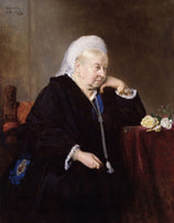 Victoria, still in her widow's garb at age 80. Victoria, still in her widow's garb at age 80. When eighteen-year-old Victoria was crowned queen of England in 1837, the British wondered and worried who their very young queen would marry. Whoever he was, he would have power and influence, so the queen’s choice was critical. Victoria had many royal suitors and was getting advice from all directions about which alliance with which suitor would be most advantageous for England. But as the British quickly learned, their new queen had a mind of her own, and she had already picked Prince Albert of Saxe-Coberg, an area of what is now Bavaria, Germany. The British were shocked! Royalty often intermarried, so it wasn’t because Victoria and Albert were first cousins—her mother and his father were sister and brother—but because there was a great deal of anti-German sentiment in England at the time. Victoria didn’t care. He was her “dear Albert” and they were married in 1840 when they were both twenty-one. They loved each other and were determined that theirs would be a happy marriage. The odds were against this. Neither Albert nor Victoria had grown up in happy families—in fact, both had been exposed to mostly miserable marriages—and Victoria was spoiled, stubborn, and had a quick temper. Fortunately, Albert was a kind man who understood her well and knew how to be patient with her. That patience was put to the test many times as they raised their nine children. Victoria disliked being pregnant and wasn’t fond of babies and toddlers. But Albert provided balance. He doted on their four sons and five daughters and was closely involved in their care and education. The British public adored the royal family, and they came to love the scholarly Albert. He became a British citizen, was a wise political advisor to Victoria, and was active in public life. When he died from stomach problems in 1861 at age forty-two, the British grieved for him. Victoria went into deep mourning. Often called “the widow of Windsor,” she wore only black and lived a secluded life at Windsor Castle until her own death at age eighty-one. Today, her name and Albert’s grace London’s great Victoria and Albert Museum, known affectionately as the V&A. London is also home to several major public monuments that were commissioned by Victoria to honor her “dear Albert” and which serve as a reminder that theirs was truly a royal love story. 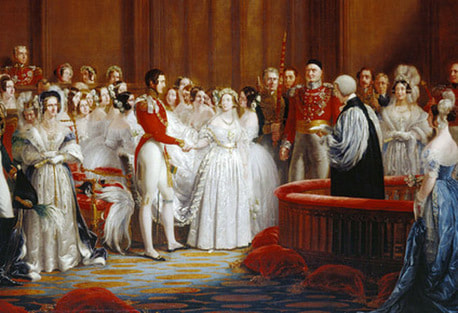 Marriage of Victoria and Albert Painting by George Hayter It has been said that Queen Victoria started a bridal custom of wearing a white wedding gown. Prior to that time royal brides wore elaborate dresses made especially for the occasion from gold or silver fabric sometimes embroidered with silken threads and embellished with semi-precious stones to show their wealthy status. Ordinary brides of the working class wore their “best dress” usually made in a dark and durable material. 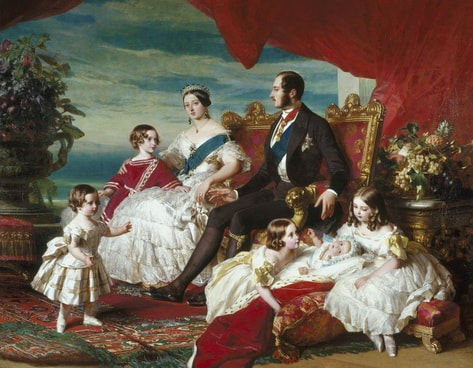 Prince Albert and Queen Victoria with five of their children. The Prince Consort (26 August 1819 – 14 December 1861), lived long enough to see only one of his children married and two of his grandchildren born , while Queen Victoria (24 May 1819 – 22 January 1901) lived long enough to see not only all her grandchildren, but many of her 87 great-grandchildren as well. 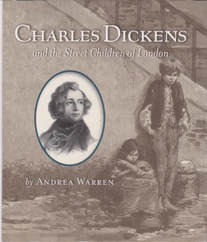 Queen Victoria and Charles Dickens were acquaintances and she was a huge fan of his books. You can read more about the Victorian age in Andrea Warren's book Charles Dickens and the Street Children of London. For more information, visit her website. Andrea Warren is a member of iNK's Authors on Call and is available for classroom programs through Field Trip Zoom, a terrific technology that requires only a computer, wifi, and a webcam. Click here to find out more.
0 Comments
Leave a Reply. |
Check out our new podcasts in the iTunes Store and on KidLit Radio.
|



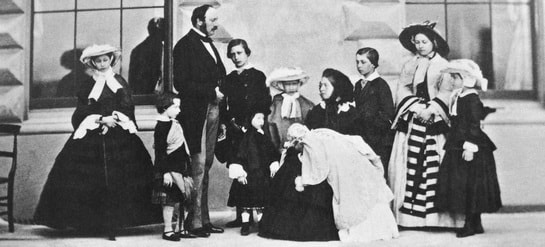

 RSS Feed
RSS Feed
